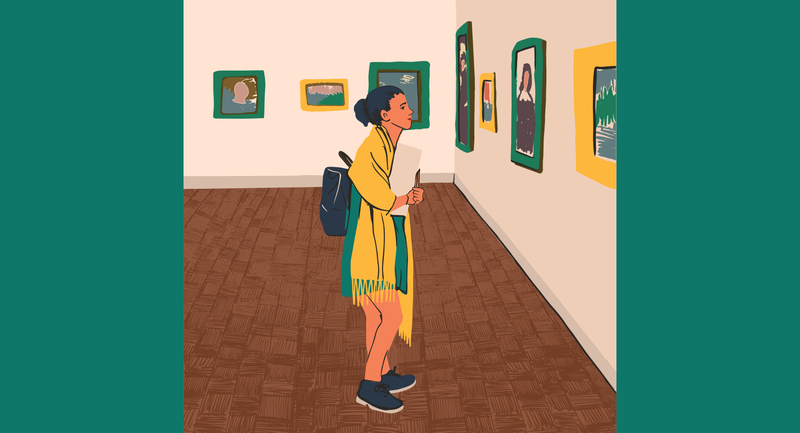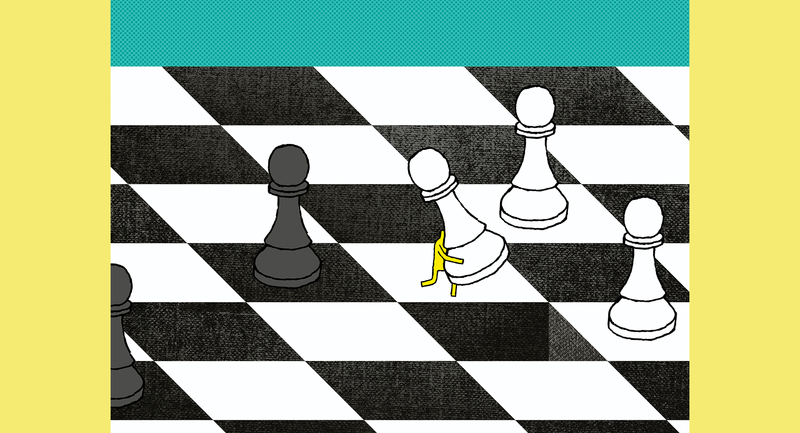All U.S. public school students missed instruction this spring due to shutdowns and will need help catching up, but some students will require more than just covering content that wasn't taught. Many will also need best-practice interventions, whether instruction takes place in person, remotely, or in a hybrid manner.
The good news is that there are specific steps school and district leaders can take to get all students back on track. It will, however, take a willingness to go beyond traditional approaches to interventions and rethink scheduling, course offerings, and staff assignments.
Though many educators and administrators tried to meet students' needs this spring, no one was prepared for the education crisis and trauma we faced. In most cases, students missed out on about three months' worth of academic content. Just one in three districts expected teachers to provide instruction, track student engagement, or monitor academic progress for all students, according to the Center on Reinventing Public Education. Schools in affluent communities were twice as likely as those in poor areas to expect teachers to provide live lessons (Gross & Opalka, 2020). As a result, students may have lost a third of their expected gains in reading and roughly half in math, according to a working paper from researchers at the nonprofit NWEA, Brown University, and the University of Virginia (Kuhfeld et al., 2020). In addition, existing achievement gaps affecting students of color, children from low-income families, and students with learning disabilities likely widened. Statistical modeling by the consulting firm McKinsey & Company estimates that COVID-19 learning losses will worsen existing achievement gaps between white students and their Black and Latinx peers by 15 to 20 percent (Dorn, Hancock, Sarakatsannis, & Viruleg, 2020). Making Time for Catch-Up
Looking to the upcoming year, schools need to build more time into the schedule to teach missed content. That's particularly the case for subjects in which the content is foundational to future learning. Students won't likely succeed in Algebra II if they missed vital material from an Algebra I course. All students need this make-up instruction, but many students, especially those with individualized education plans (IEPs), learning English, or living in poverty will also need catch-up instruction as well. Importantly, students who were already behind their peers before the pandemic will need interventions that include three crucial components:
Additional instructional time in reading, math, or ELA in addition to the time that all students are receiving. None of this extra help should come at the expense of missing current-year core instruction.
The assurance that all this extra instructional time will be led by content-strong teachers—not paraeducators or special education teachers if they lack deep content expertise.
Student-centered groupings into which students are assigned according to their specific targeted needs in order to improve the efficiency and effectiveness of the extra help provided.
Additional Time in Reading, Math, or ELA
In addition to receiving all instruction in core classes along with all students—with appropriate supports and accommodations—struggling students will also need extra time this fall to catch up from spring and summer learning loss and close pre-existing achievement gaps.
For elementary students, this might mean an extra 30-minute period for reading help daily, in addition to a regular 90-minute reading block. At the secondary level, it could be a second period of math each day.
No doubt some administrators will hesitate to carve out this extra time. Too often, the solution to helping struggling students is to put more adults in the classroom, rather than provide students with extra time to learn. Though we've seen lower student-teacher ratios in U.S. schools over the past half century or so, that strategy hasn't led to the outcomes we want. The reality is that kids who struggle to reach grade-level expectations need 100 percent of core instruction and then some. The standard block just isn't enough for them to master the content and relearn the prior year's content, unlearn misconceptions, and revisit concepts they didn't master during the current year. Why do we even think 100 percent of 8th graders will master the required content in a 45-minute class? Students learn at different paces. We need school schedules to be flexible enough to reflect that—especially now.
The first step to find extra instructional time is to value it, because more time for intervention means less time for something else. If students return full time to school this fall, the extra time at the elementary level can come from adding an intervention or enrichment period and shortening or integrating science or social studies into other periods. At the secondary level, intervention can replace special education resource rooms, a year of foreign language, or an elective.
In a hybrid schedule—for example, students in the buildings a few days a week—intervention can happen on the remote days. In the pursuit of equity, some schools may want to provide more in-person instruction to struggling students to supercharge the intervention. In an all-remote schedule, intervention could be via Zoom or other platform after core instruction. Struggling students would have a slightly longer day, a few days a week.
Content-Strong Teachers Needed
The extra time provided to struggling students must be delivered by effective teachers with a content-rich background in and experience teaching the subject matter of concern. Helping kids to catch up is hard. It takes highly skilled and trained teachers who know the content inside and out. As educators across the country look hard at institutional racism, looking at who teaches struggling students is a productive place to start.
Paraeducators provide a lot of important support to students with disabilities. They help manage behavior, assist with health and safety concerns, and facilitate inclusion. But they aren't certified teachers or specialists in particular academic areas. They most likely are not going to know strategies for teaching children to solve complex math problems, nor will they likely be up on the latest learning science on decoding texts and building content knowledge and vocabulary through reading.
Similarly, special education teachers are vital to writing and implementing IEPs, supporting students with behavioral issues, and providing instruction related to specific areas and skills. But they aren't always content experts who can best provide intervention in a topic where a student might struggle.
When I was superintendent in Arlington, Mass., a middle school special education teacher invited me into her resource room to observe. What I saw was a caring educator who was trying to help a half-dozen students with moderate to mild learning disabilities in an array of subjects—from math and reading to biology and chemistry. I saw friendship and modest homework help, but I didn't see a lot of in-depth instruction.
The special education teacher and I had a heart-to-heart afterwards and, after a few tears, she acknowledged that she felt overwhelmed trying to teach six subjects to six kids at once. In fact, she shared that she wasn't particularly strong in math and didn't much like teaching it. She became one of our district's strongest advocates for empowering highly effective subject matter experts on the general education team to lead targeted interventions for students who were behind grade level.
When school systems put content-strong teachers in charge of catch-up instruction, student outcomes improve. For example, when Wayzata High School, in Plymouth, Minn., started a double-time math program led by the school's strongest math teachers for students struggling in that subject, students made significant and sustained gains on the NWEA MAP assessment.(Levenson, 75).
Grouping by Similar Areas of Need
Grouping struggling students according to their academic needs and then delivering targeted interventions collectively is another effective strategy that administrators should leverage this fall.
Teachers should work together at the start of the year to assess students and create intervention groups based on screening results. Students who struggle in particular areas, say with fractions or decoding, should get paired with peers who struggle in the same areas and content-area teachers who can help in order to target those needs.
The groups should be based on targeted concerns, not whether students are in the same homeroom, share teachers, or even have IEPs or are in the same grade. If instruction is provided remotely, educators can form groups of students from many classrooms, even across multiple schools. In a hybrid schedule, struggling students might come to school more frequently than their non-struggling peers.
Teachers should be assigned based on their expertise and strengths. Careful progress monitoring can drive flexible regrouping. Of course, these intervention groups should never come at the expense of general education classroom time in reading, math, or writing.
Facing Reality
The U.S. education system is experiencing a crisis unlike any we've seen before, but there are proven strategies administrators and teachers can turn to for help.
We must pay special attention to the nation's most vulnerable students—those who were already behind their peers when COVID-19 turned instruction upside down. They are the ones who will require even more time to make up for lost learning, who will need extra attention from effective subject-matter experts, and who should be supported through thoughtful grouping.
If school leaders take these crucial steps, they'll likely meet their goals for the new year. If they stick with this approach, they'll foster the kind of lasting changes needed to build a more just and equitable education system.








